A rotator cuff tear is most often caused by repetitive upper body motion or trauma. The tear occurs where the tendon attaches to the bone in the shoulder. A rotator cuff tear weakens the shoulder and makes daily activities, including getting dressed, very painful and difficult to accomplish.
There are non-surgical methods to ease the pain, allowing the affected surrounding muscles and ligaments to strengthen and possibly result in improved function and pain relief.
- Physical therapy
- Non-steroidal anti-inflammatory (NSAID) drug treatment
- Rehabilitation
- PRP Injections
- Steroid Injections
However, in many cases the tear is too severe to heal on its own and surgery may be needed. The physicians work with each patient to determine the best course of treatment based on the individual’s specific needs. Indications surgery may be needed include:
- Pain and immobility lasting longer than six months
- Full-thickness tendon tear
- Significant loss of shoulder function
Rotator Cuff Repair Surgery
In many cases, minimally invasive arthroscopic surgery can be done to repair a torn rotator cuff. This involves re-attaching the tendon to the head of humerus (upper arm bone). A partial tear may need only a trimming or smoothing procedure called a debridement. A complete tear within the thickest part of the tendon is repaired by stitching the two sides back together.
Physicians will make a small incision on the shoulder and insert a camera, known as an "arthroscope." The surgeon can see the joint from within and move around the joint structure without detaching muscle or opening up the joint.
With a second incision, the shoulder surgeon inserts the operating instruments, about the size of a pencil, to repair the damaged tendons. This procedure is usually performed on an outpatient basis.







